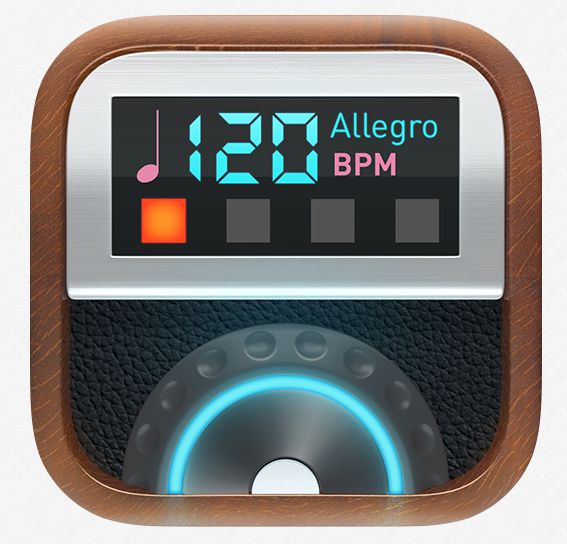

According to our subgroup analysis, participants might be aided by the device to increase the percentage of adequate compressions after one minute.Ĭardiopulmonary Resuscitation Feedback Heart Massage Simulation Training Smartphone. non-haptic feedback-assisted (523/25.4%), p < 0.001.Ī smartwatch cardiopulmonary resuscitation feedback system could not improve rescuers' CC rate. non-haptic feedback-assisted (0.58-0.18), p = 0.005-and the adequate chest compression number showed significant differences- good: haptic feedback-assisted (1,597/75.1%) vs. In the subgroup analysis, both the good and bad performance groups showed a significant difference in the mean CC interval between the haptic and non-haptic feedback-assisted CC groups-good: haptic feedback-assisted (0.57-0.06) vs.

The mean interval between CCs and the number of haptic and non-haptic feedback-assisted CCs with an adequate duration were insignificant. The secondary outcome was a comparison of CC rate and adequate duration between the good and bad performance groups. The primary outcome was an adequate rate of 100-120/min of CC. The participants were randomly assigned into haptic-first and non-haptic-first groups.
#Metronome watch professional#
Let us know what you think of this – and if any of you were backers.The aim of this study was to test the applicability of haptic feedback using a smartwatch to the delivery of cardiac compression (CC) by professional healthcare providers.Ī prospective, randomized, controlled, case-crossover, standardized simulation study of 20 medical professionals was conducted.
#Metronome watch free#
I haven’t tried enough metronome apps to really judge whether it lives up to their claim of “best” metronome app, but it is awfully nice – and it’s free – and it’s about the best I’ve used, even without the companion hardware. The app is free for both iOS and Android. To check out the device, head to their site:
#Metronome watch series#
It’s featured on a series called “How To Make It In.: _” From Fab Lab Berlin, a hardware development space, violinist Vinh-Nigh Tiet talks about the ideas behind the app and how it came to grow. Just as interesting as the product, though, is the story behind it.

And then you can use the wearable with or without the app.Īs per usual, this is a crowd-funded campaign for hardware, and the pre-sale is done.īut if you want to try some of this, you can also use just the app on its own without the wearable, free. You can even create and share rhythms more complex than a simple beat. Metronomes, often called a click track, come in mechanical and electronic forms, and they vary widely in price depending on the features you need. That means you can feel the beat rather than listen to that awful click.īeing connected also affords benefits. There’s a wristwatch-style device with both color LED feedback and powerful vibration – the developer say 7x as powerful as the vibration on your phone, though I’d have to try it. The basic draw here is the ability to have a metronome that’s intelligent/connected, and that can use vibration. That’s the gambit of Soundbrenner, a Berlin-based startup that hopes to do for metronomes what the smartwatch and fitness wearables have for those categories. Can the metronome get a new lease on life as a smart wearable device?


 0 kommentar(er)
0 kommentar(er)
